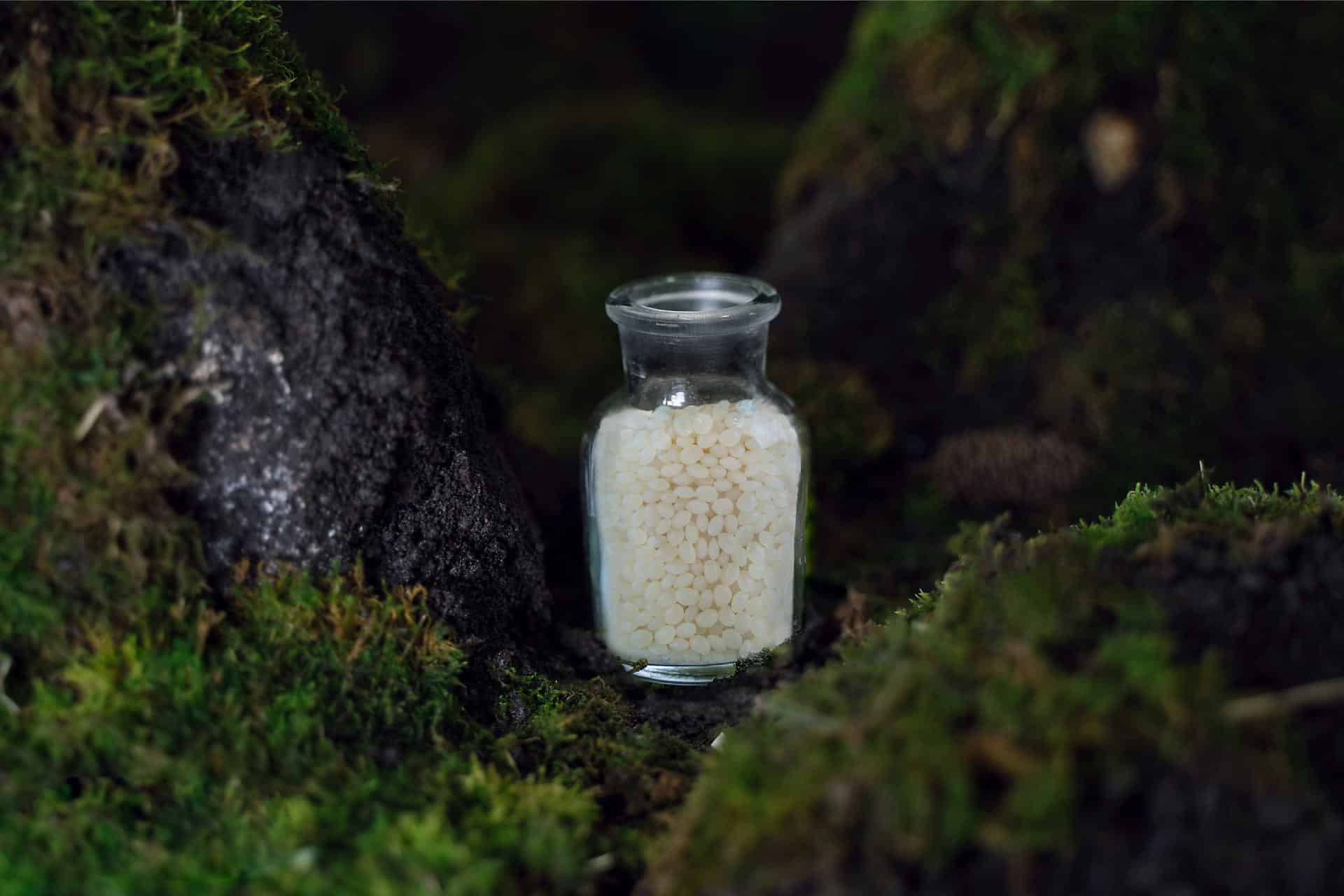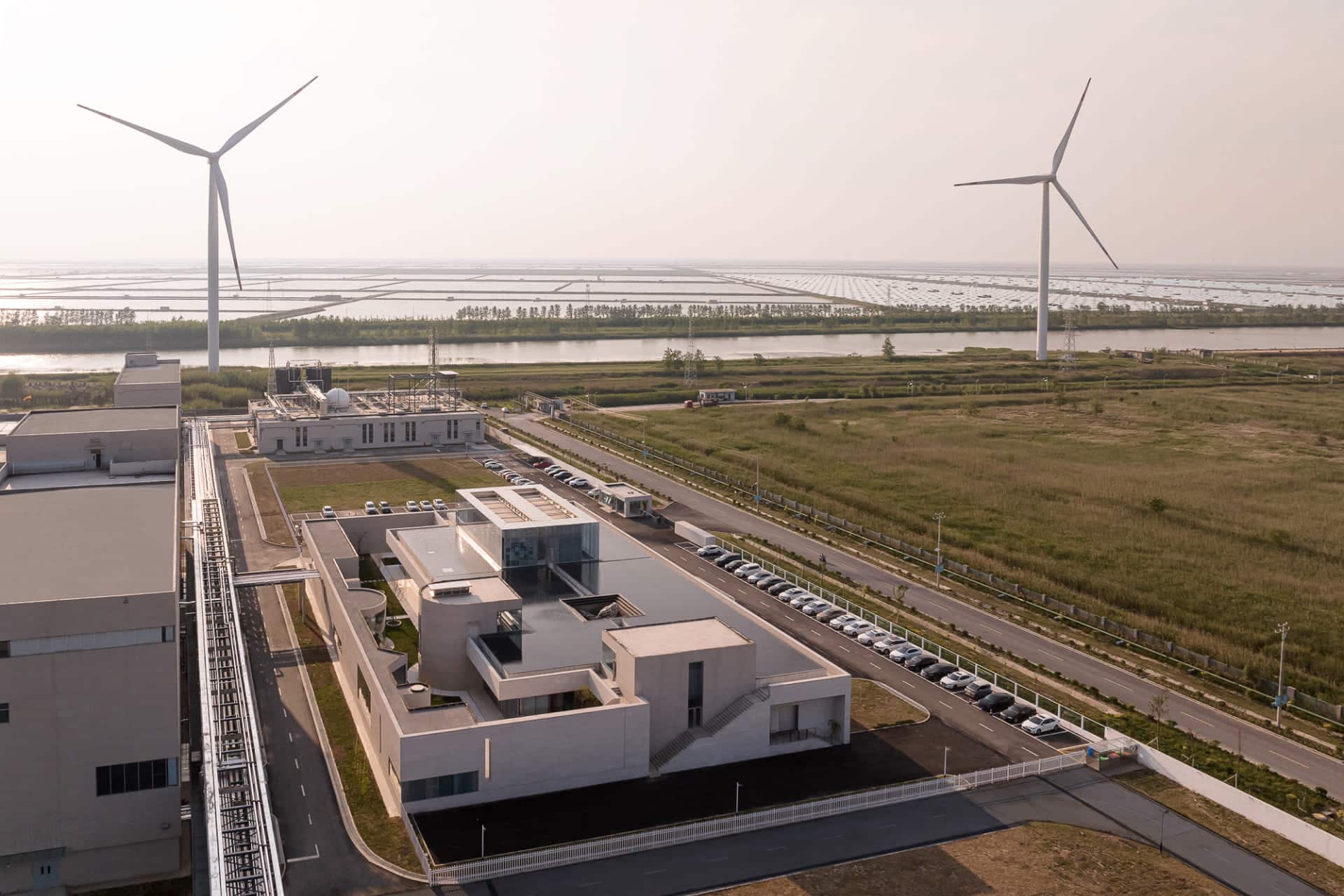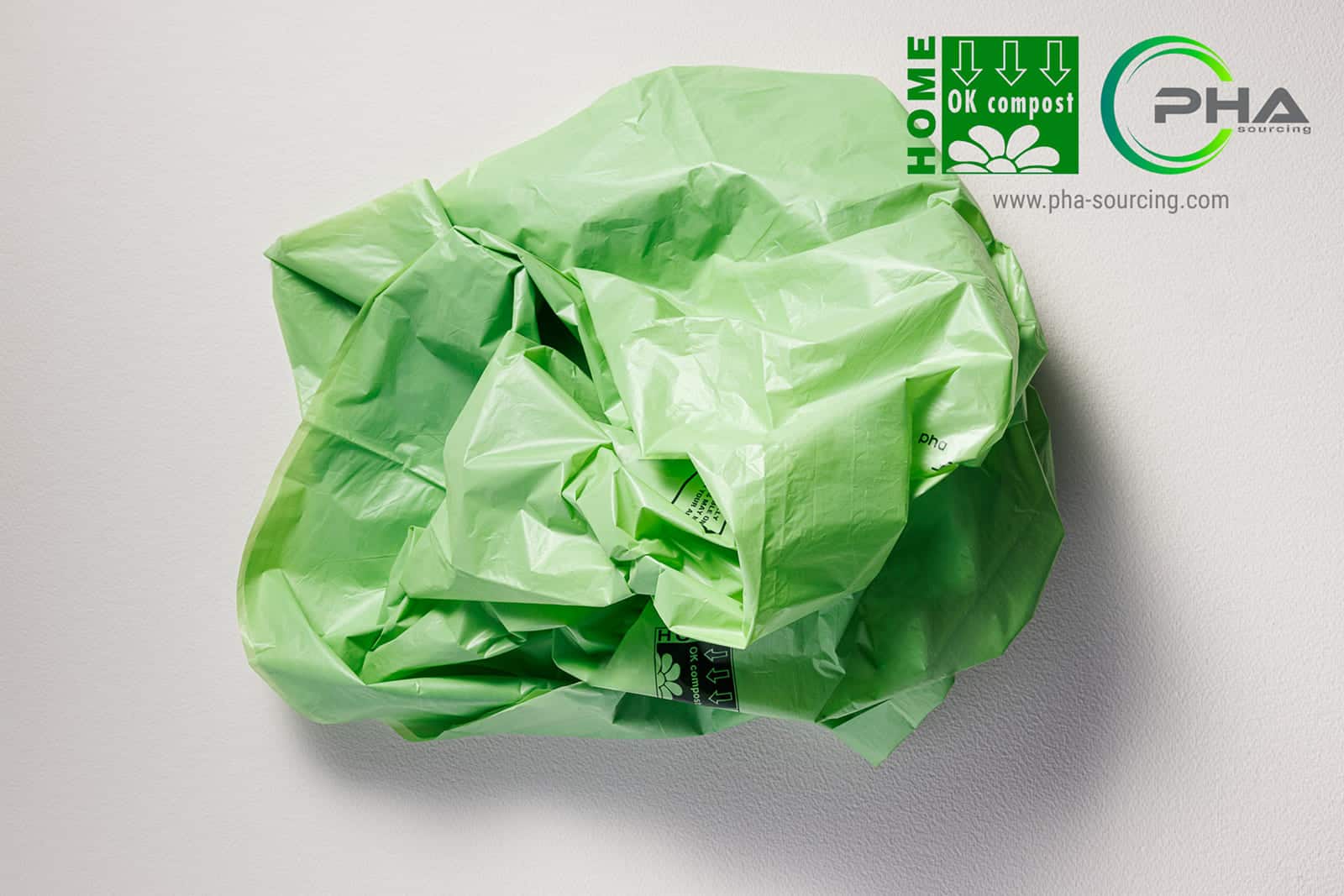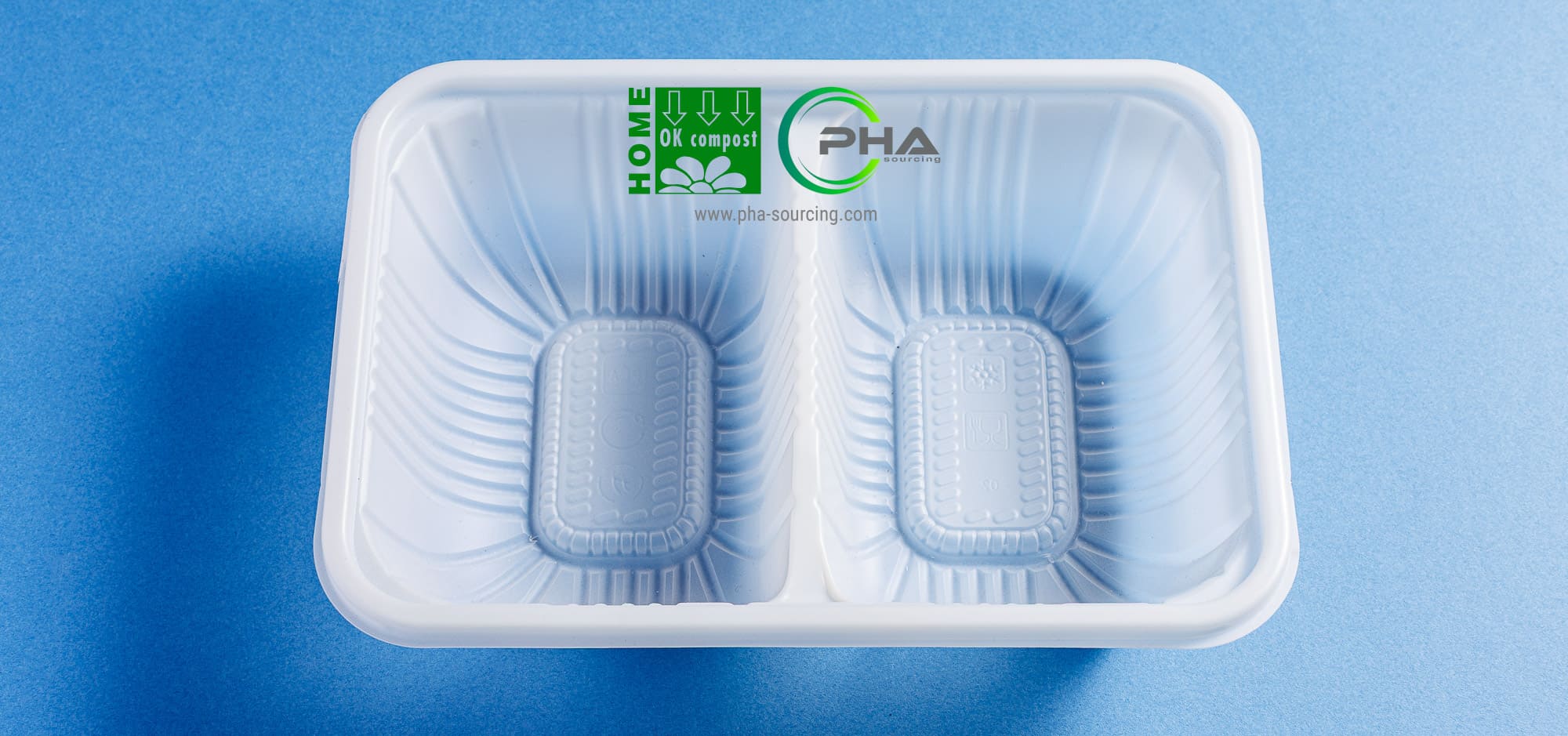Biodegradable polymers are shaping the future of sustainable materials, with expanding roles across healthcare, electronics, agriculture, and the fashion industry.
The market for biodegradable polymers has surged in recent years as the drive for eco-friendly bioplastics accelerates. While mainstream applications in packaging and agriculture are well-known, there is rising interest in more specialized sectors. These innovations are not only influencing established markets in Europe and North America but are also beginning to unlock potential in Asia-Pacific and Latin America.
Healthcare: Biopolymers for Next-Generation Medical Devices
Biodegradable polymers such as polyhydroxyalkanoates (PHA) and PLA are redefining what is possible in medical technology. Thanks to their biocompatibility and controlled degradation, these materials are increasingly selected for drug delivery systems, wound dressings, and tissue scaffolds. Their ability to naturally disintegrate inside the body removes the need for follow-up surgery, improving patient care and streamlining treatments.
Research has demonstrated the suitability of PHA in bioabsorbable implants and stents, which dissolve after fulfilling their function. This breakthrough, coupled with desirable mechanical properties, is positioning biodegradable polymers as a primary material for innovations in medical technology.
Reducing Electronic Waste with Green Materials
The electronics industry is also beginning to adopt biodegradable solutions to tackle mounting e-waste. In particular, the use of PHA and PLA-based polymers is being explored for components like phone casings and circuit boards, offering the dual benefit of lower energy manufacturing and improved end-of-life disposal. Notably, researchers in Japan have shown how these biopolymers can break down more efficiently than traditional plastics, supporting a shift toward more sustainable electronics applications.
Asia-Pacific and Latin America: The Next Growth Frontiers
While sustainable materials have already made significant headway in Europe and North America, their presence in Asia-Pacific and Latin America remains limited yet promising. Increasing awareness of environmental issues and governmental support are driving adoption in regions like India and Brazil, where the need for improved plastic waste management is acute. The development of local production infrastructure and use of renewable raw materials are expected to further facilitate the uptake of biodegradable alternatives, especially in packaging and consumer goods sectors.
Advancing Agriculture with Controlled Release and Protective Coatings
In agriculture, the application of biodegradable polymers has evolved far beyond mulch films. Controlled-release fertilizers made from PHA biopolymers allow nutrients to be delivered to crops more efficiently, reducing overall chemical use and enhancing sustainability. Similarly, PHA-based coatings for seeds are being developed to both protect against pests and gradually release nutrients, leading to improved germination rates and lower environmental impact. These innovations are reinforcing the role of PHA agricultural products in modern, eco-friendly farming.
Sustainable Fashion: New Fibers for a Cleaner Industry
The fashion industry, searching for solutions to curb microplastic pollution, is turning to biodegradable polymers like PHA and PLA for textile applications. These next-generation fibers offer the durability of synthetic alternatives but break down naturally, reducing long-term environmental harm. Brands experimenting with these materials are moving towards closed-loop models, utilizing bioplastics that meet both performance and ecological standards.
Opportunities and Challenges in Scaling Biodegradable Polymers
Despite advancements, the adoption of biodegradable polymers is still constrained by production costs and a lack of standardized performance benchmarks, especially regarding degradation rates. Ongoing research aims to address these limitations by leveraging renewable feedstocks and enhancing material properties. As market demand grows and technological solutions mature, industries are expected to increasingly adopt PHA products that offer both environmental and practical advantages.





